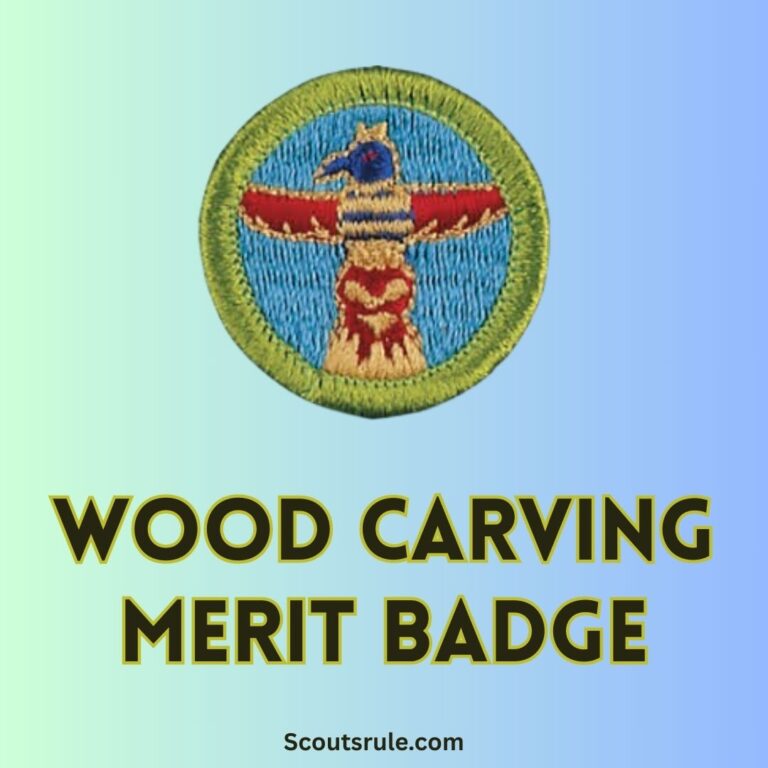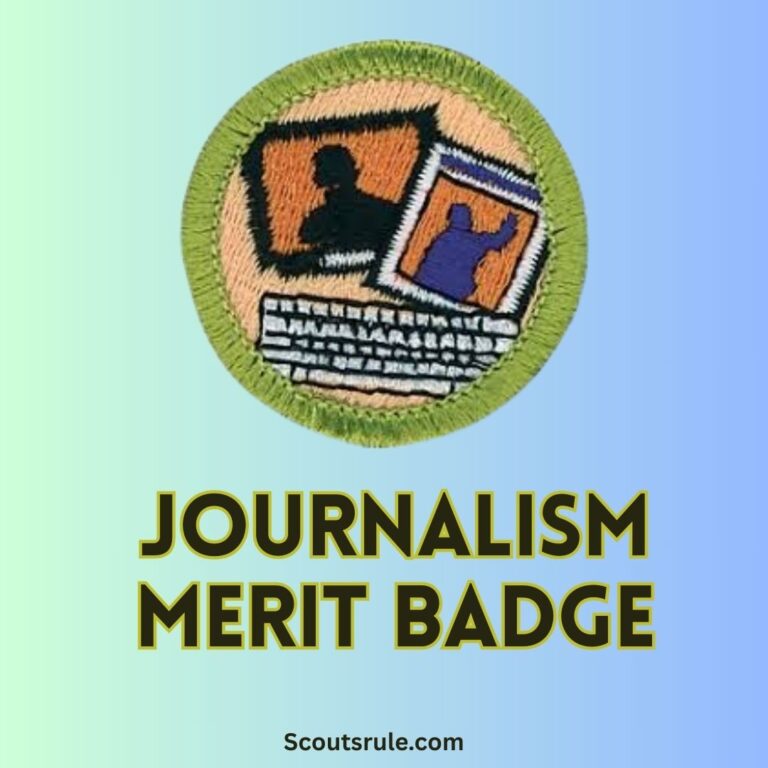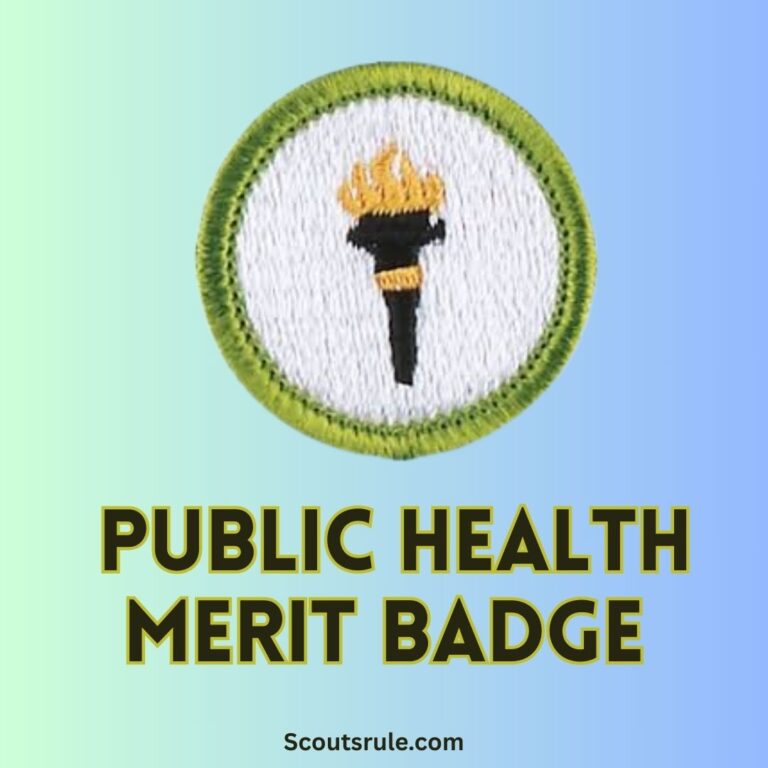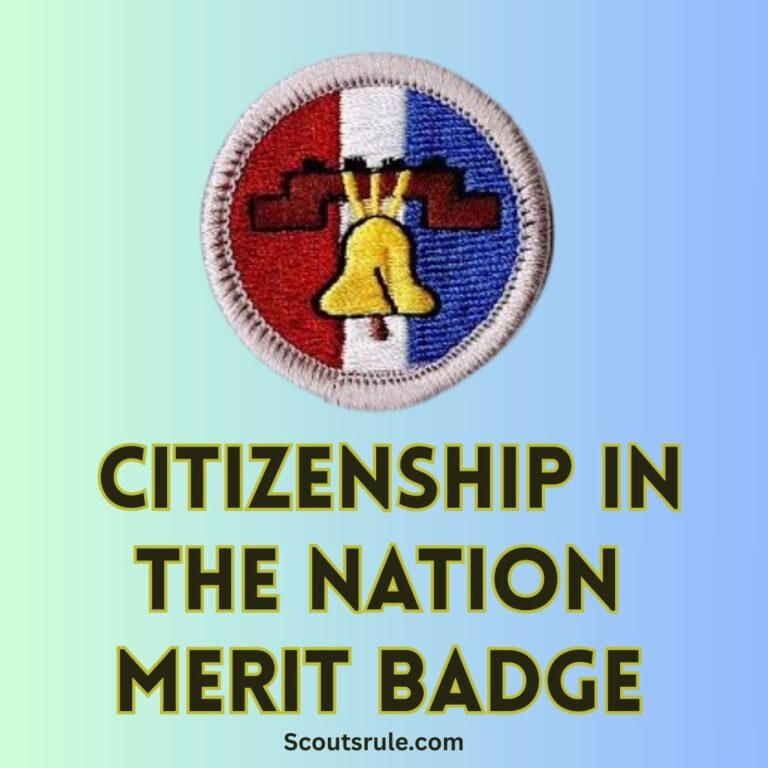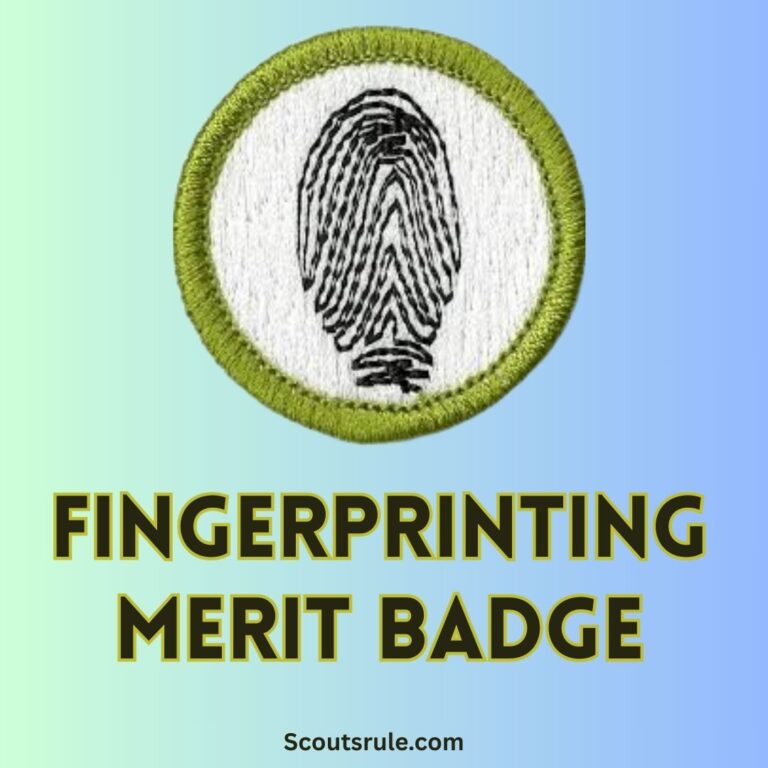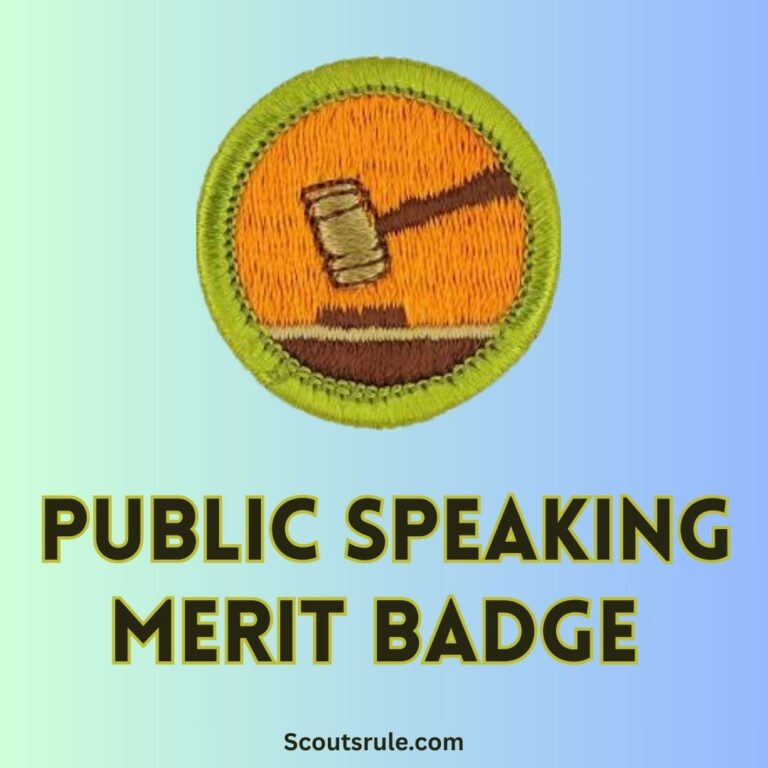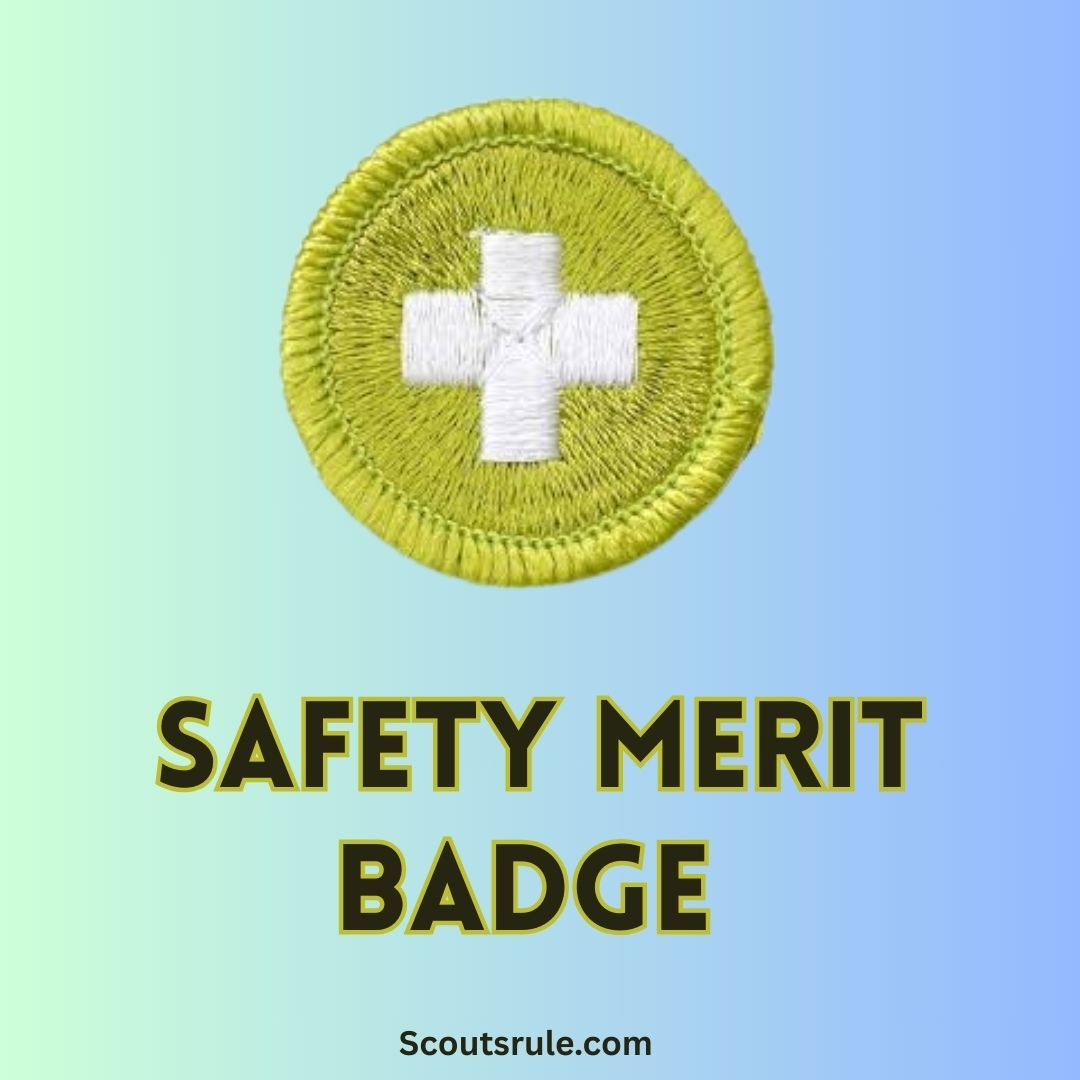
The Safety Merit Badge equips scouts with essential knowledge and skills to protect themselves and others in various environments. From understanding common hazards to creating emergency plans, this badge emphasizes the importance of preparedness, awareness, and proactive safety measures. By earning this badge, scouts gain valuable life skills that contribute to their well-being and the safety of their communities.
Post Contents
- Requirements for the Safety Merit Badge
- 1. Understanding Safety
- 2. Injuries at Home and in the Workplace
- 3. Crime Prevention
- 4. Safe Practices and Safety Devices
- 5. Home Safety Inspection
- 6. Fire Prevention Plan
- 7. Emergency Action Plan for Fire
- 8. Family Emergency Action Plan for Natural Disasters
- 9. Risk Assessment
- 10. Scouting America’s Commitment to Safety
- Safety Merit Badge Requirements: A Complete Guide
- Home Safety Inspection Checklist
- Fire Prevention Plan
- Emergency Action Plan for Fire
- Developing a Family Emergency Action Plan for a Natural Disaster
- What is Risk Assessment?
- Why Do We Need Risk Assessments?
- How Does Risk Assessment Work in Real Life?
- What Does Scouting America’s Commitment to Safety Mean?
- Conclusion
- Safety Merit Badge FAQs
Requirements for the Safety Merit Badge
1. Understanding Safety
What is Safety?
Safety involves taking precautions to prevent accidents, injuries, and harm. It means being aware of potential risks and making informed decisions to minimize danger.
Task:
- Prepare a notebook with articles, facts, and statistics about common injuries at home and in the workplace.
- Include information on how these injuries can be prevented.
2. Injuries at Home and in the Workplace
Common Types of Injuries at Home:
- Falls, burns, and poisoning are frequent household hazards.
- Preventive measures include installing smoke detectors, securing rugs, and storing chemicals safely.
Common Types of Injuries in the Workplace:
- Slips, trips, and falls, as well as repetitive strain injuries, are common.
- Safety protocols, proper equipment, and ergonomic practices help reduce risks.
3. Crime Prevention
Task:
- Research common types of crime, such as theft and fraud.
- Learn strategies to avoid becoming a victim, like securing valuables and being cautious online.
4. Safe Practices and Safety Devices
Examples of Safe Practices:
- At Home: Regularly check smoke alarms and practice fire drills.
- While Working: Wear appropriate safety gear and follow workplace protocols.
- While Driving: Always wear a seatbelt and avoid distractions.
Safety Devices:
- Fire extinguishers, first aid kits, and carbon monoxide detectors are essential tools for safety.
5. Home Safety Inspection
Checklist:
- Fire Safety: Check smoke alarms and fire extinguishers.
- Kitchen Safety: Store knives and chemicals securely.
- Bathroom Safety: Use non-slip mats and keep electrical devices away from water.
- General Home Safety: Ensure clear pathways and secure heavy furniture.
- Emergency Preparedness: Create a family emergency plan and stock an emergency kit.
6. Fire Prevention Plan
Steps to Prevent Fires:
- Identify common causes, such as unattended cooking or faulty wiring.
- Follow fire prevention tips, like never leaving candles unattended.
- Conduct regular safety checks to ensure fire hazards are minimized.
7. Emergency Action Plan for Fire
Key Components:
- Identify escape routes and ensure they are clear.
- Choose a meeting spot outside the home.
- Practice fire drills regularly.
- Know what to do during a fire, such as staying low to avoid smoke.
8. Family Emergency Action Plan for Natural Disasters
Steps to Create a Plan:
- Develop a family communication plan with emergency contacts.
- Build an emergency supplies kit with essentials like water, food, and first aid.
- Identify evacuation routes and meeting spots.
- Consider the needs of vulnerable family members, such as children or pets.
9. Risk Assessment
What is Risk Assessment?
Risk assessment involves identifying potential hazards, evaluating their likelihood, and implementing measures to reduce risks.
Why Do We Need Risk Assessments?
- Prevent harm by addressing hazards before they cause accidents.
- Save time and money by avoiding costly incidents.
- Make informed decisions to ensure safety in various situations.
Examples of Risk Assessment in Real Life:
- At School: Identifying tripping hazards in hallways.
- In the Workplace: Ensuring machinery is properly maintained.
- In Everyday Life: Checking weather conditions before outdoor activities.
10. Scouting America’s Commitment to Safety
How Does Scouting Promote Safety?
- Abuse Prevention: Educating scouts and leaders about recognizing and preventing abuse.
- Injury and Illness Prevention: Encouraging safe practices during activities and providing first aid training.
Safety Merit Badge Requirements: A Complete Guide
What is Safety?
Safety is the practice of minimizing risks and preventing accidents, injuries, and harm. It involves being aware of potential dangers, using precautions, and promoting safe environments at home, in workplaces, and in communities.
Injuries at Home
Common Types of Home Injuries:
- Falls: Often caused by slippery floors or uneven surfaces.
- Burns: Stovetops, hot appliances, and scalding water are common culprits.
- Poisoning: Household cleaning agents, medications, and pesticides pose risks.
Prevention Measures:
- Install non-slip mats and secure rugs to prevent falls.
- Keep hot appliances and liquids out of reach from children.
- Store chemicals and medications securely.
Injuries in the Workplace
Common Types of Workplace Injuries:
- Slips, Trips, and Falls: Spills, cluttered spaces, and uneven flooring.
- Repetitive Strain Injuries: Long-term use of computers and machinery.
- Equipment Injuries: Improper handling or lack of safety gear.
Prevention Measures:
- Follow workplace safety protocols.
- Provide ergonomic workstations to prevent strain.
- Use protective equipment like gloves, helmets, and goggles.
Common Types of Crime
Examples of Common Crimes:
- Burglary: Breaking into homes or buildings to steal valuables.
- Fraud: Deceptive actions to gain money or property.
- Cybercrime: Phishing, hacking, and identity theft.
Preventive Measures:
- Lock doors and secure valuables.
- Avoid sharing sensitive information online.
- Stay vigilant and report suspicious activities.
Example Writing on Safety Topics
Scouts should prepare notes, articles, or reflections on these examples, adding real-world safety tips and strategies.
Safe Practices and Safety Devices Used by My Family
1. Safety Practices at Home
- Install smoke alarms and carbon monoxide detectors.
- Conduct routine fire drills.
- Store hazardous materials in locked cabinets.
2. Safety Practices While Working
- Use proper protective equipment.
- Follow workplace procedures to avoid accidents.
- Report unsafe conditions to supervisors.
3. Safety Practices While Driving
- Wear seatbelts and avoid distractions.
- Obey traffic laws and speed limits.
- Keep emergency supplies in the vehicle, such as water, tools, and a first aid kit.
4. Safety Devices We Use
- Smoke Alarms: Alert us to fire hazards.
- First Aid Kits: Provide immediate treatment for injuries.
- Fire Extinguishers: Help control small fires before they spread.
Home Safety Inspection Checklist
1. Fire Safety
- Test smoke alarms monthly.
- Keep fire extinguishers accessible.
- Ensure exits are clear and unobstructed.
2. Kitchen Safety
- Store sharp objects and knives securely.
- Turn pot handles inward to avoid accidental spills.
- Keep flammable materials away from the stovetop.
3. Bathroom Safety
- Use non-slip mats in the tub and shower.
- Keep electrical appliances, like hairdryers, away from water.
- Ensure proper ventilation to prevent mold buildup.
4. General Home Safety
- Secure heavy furniture to walls to prevent tipping.
- Eliminate tripping hazards like loose wires and clutter.
- Ensure adequate lighting in stairways and hallways.
5. Emergency Preparedness
- Stock an emergency kit with essentials like water, non-perishable food, and medications.
- Create a family communication plan for emergencies.
- Practice evacuation drills.
Fire Prevention Plan
1. Know the Common Causes of Home Fires
- Unattended cooking.
- Electrical malfunctions.
- Smoking indoors.
2. Fire Prevention Tips
- Never leave cooking unattended.
- Regularly inspect electrical appliances and outlets.
- Store matches and lighters out of reach from children.
3. Regular Safety Checks
Conduct routine inspections of fire alarms, extinguishers, and escape routes.
Emergency Action Plan for Fire
1. Identify Escape Routes
- Know at least two exits from every room.
- Ensure windows and doors can open easily.
2. Choose a Meeting Spot
- Select a safe location outside the home where family members can gather.
3. Practice the Plan
- Conduct fire drills regularly to ensure everyone knows the escape procedure.
4. What to Do During a Fire
- Stay low to avoid smoke inhalation.
- Check doors for heat before opening them.
- Call emergency services once you’re outside.
Developing a Family Emergency Action Plan for a Natural Disaster
1. Make a Family Communication Plan
- Share emergency contacts and ensure everyone knows how to reach each other.
- Include backup methods of communication, such as a designated out-of-town contact.
2. Build an Emergency Supplies Kit
- Include essentials like water, food, flashlights, batteries, and first aid supplies.
3. Evacuation Routes and Meeting Spots
- Plan multiple evacuation routes in case some are inaccessible.
- Choose a safe, predetermined meeting location.
4. Emergency Contacts and Procedures
- Maintain a list of emergency services and family contacts.
- Know the protocol for reporting emergencies and seeking assistance.
5. Special Needs and Vulnerable Family Members
- Account for individuals requiring extra assistance, such as children, elderly relatives, or pets.
What is Risk Assessment?
Risk assessment is the process of identifying potential hazards, analyzing their likelihood, and implementing measures to minimize danger. It involves evaluating situations to make informed decisions about safety.
Why Do We Need Risk Assessments?
1. Preventing Harm
- Identifying risks beforehand ensures proactive measures to avoid accidents.
2. Saving Time and Money
- Preventing accidents reduces medical costs and downtime caused by injuries.
3. Making Better Decisions
- Understanding risks allows for smarter planning and prioritization.
How Does Risk Assessment Work in Real Life?
At School
- Identifying hazards like spills or loose furniture and addressing them to maintain a safe learning environment.
In the Workplace
- Ensuring machinery is properly maintained and employees are trained in safety protocols.
In Everyday Life
- Checking weather conditions before planning outdoor activities or inspecting vehicles before long trips.
What Does Scouting America’s Commitment to Safety Mean?
Scouting America prioritizes safety in all programs and activities, ensuring scouts can learn and grow in secure environments.
How Do They Make Sure Everyone Stays Safe?
1. Abuse Prevention:
- Providing education on recognizing and preventing abuse.
- Implementing background checks for leaders and volunteers.
2. Injury and Illness Prevention:
- Offering first aid training and requiring safety protocols during activities.
- Promoting awareness of potential hazards in outdoor and indoor settings.
Conclusion
The Safety Merit Badge is more than just a patch—it’s a commitment to making smart choices and fostering a culture of safety. By completing the requirements, scouts learn to identify hazards, create emergency plans, and take proactive steps to protect themselves and others. These skills are invaluable, empowering scouts to contribute to safer homes, workplaces, and communities. Ready to take the first step toward safety? Let’s get started! 🚨✨
Safety Merit Badge FAQs
1. Who can earn the Safety Merit Badge?
Any registered Scout in the Boy Scouts of America who completes the required activities and demonstrates knowledge of safety practices can earn the Safety Merit Badge.
2. What topics does this merit badge cover?
The Safety Merit Badge covers home, workplace, traffic, recreation, and personal safety, as well as emergency preparedness and accident prevention.
3. Do I need any prior experience to earn this badge?
No prior experience is required. The badge is designed to teach Scouts essential safety awareness and skills.
4. What are the key skills I will learn?
Scouts will learn how to recognize and prevent hazards, create emergency action plans, understand accident reporting, and promote safety in various environments.
5. How long does it take to complete the Safety Merit Badge?
The time required varies depending on how quickly a Scout completes the safety activities and discussions with a merit badge counselor. Some may finish it in a few weeks, while others may take longer.
6. What types of safety hazards will I study?
Scouts will study fire hazards, electrical hazards, water safety, traffic safety, workplace safety, and general accident prevention.
7. Is there a service project requirement?
Yes. Scouts must participate in a safety-related service project, such as organizing a fire drill, creating a home safety checklist, or assisting with a community safety event.
8. Do I need to interview someone for this badge?
Yes. Scouts must interview someone in a safety-related profession, such as a firefighter, police officer, emergency responder, or safety manager.
9. Can I work on this badge with a group?
Yes! While each Scout must complete the requirements individually, working in a group can make learning safety skills more interactive and engaging.
10. How do I create a home safety checklist?
Scouts will inspect their homes for potential hazards, identify safety improvements, and discuss their findings with their families. The checklist should cover areas such as fire safety, electrical safety, and emergency preparedness.
11. What emergency preparedness topics are included?
Scouts will learn about fire escape plans, emergency communication plans, first aid preparedness, and the importance of safety drills.
12. What is the purpose of accident prevention exercises?
These exercises help Scouts develop awareness of common hazards and learn strategies to reduce risks at home, school, and in public places.
13. How do I document my progress for this merit badge?
Scouts should keep a record of their safety checklists, interviews, service projects, and emergency plans. Photos, notes, and reports may also help document progress.
14. Where can I find a merit badge counselor for Safety?
Check with your Scoutmaster, troop leaders, or local BSA council to find a registered merit badge counselor specializing in safety education.
15. What happens after I complete all the requirements?
Once all requirements are met, your merit badge counselor will review your work, sign off on your progress, and you can submit your completed Blue Card to your Scoutmaster for final approval and recognition.

Hi, Robin here, A former lead Scout and here I share my inspiring stories about USA Scouts, leadership, adventure, how to guides and more.

